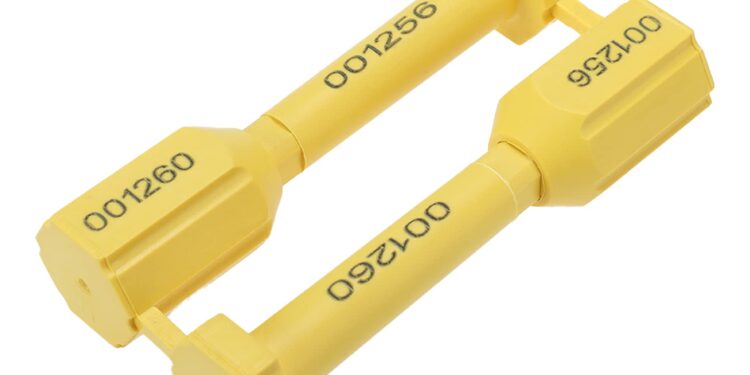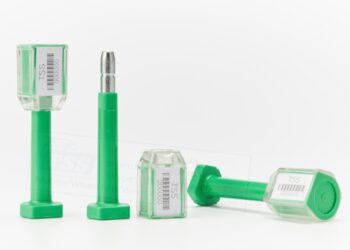In today’s interconnected and globalized world, the movement of goods across international borders has become a routine aspect of commerce. However, this increased trade also brings with it the risk of unauthorized access, tampering, and theft of valuable cargo. To counter these threats and ensure the integrity of goods during transit, the International Organization for Standardization (ISO) developed the ISO 17712 standard, which outlines specifications for mechanical seals used in maritime containers. ISO 17712 testing plays a vital role in upholding the principles of safe global trade, providing a framework for manufacturers, suppliers, and regulatory bodies to maintain security and accountability throughout the supply chain.
The ISO 17712 standard sets stringent requirements for mechanical seals, which are devices designed to secure shipping containers and deter tampering. These seals act as a crucial barrier, protecting containers from unauthorized access and safeguarding the contents from theft or contamination. To ensure their effectiveness, ISO 17712 mandates various testing procedures that mechanical seals must undergo before being deemed compliant.
One of the primary elements of ISO 17712 testing is the determination of a seal’s tamper-evident capabilities. Seals are subjected to rigorous assessments to gauge their resistance to tampering, whether through physical force or manipulation. These tests simulate real-world scenarios, such as attempts to break or remove the seal without leaving obvious traces. Manufacturers must demonstrate that their seals exhibit clear signs of tampering if unauthorized access is attempted, thereby providing a reliable indicator of potential security breaches.
Durability is another critical aspect evaluated during ISO 17712 testing. Shipping containers endure harsh conditions during transit, including exposure to extreme temperatures, moisture, and physical stress. Seals must demonstrate the ability to withstand these challenges without compromising their effectiveness. Through systematic testing, manufacturers verify that their seals remain intact and functional throughout the entire journey, minimizing the risk of unexpected security vulnerabilities.
Furthermore, ISO 17712 testing encompasses assessments of the seal’s compatibility with various container types and designs. As containers come in diverse shapes and sizes, seals must be versatile enough to securely fit on different structures. This aspect of testing ensures that the seals can be uniformly applied across a wide range of containers, streamlining processes for shippers and logistics personnel.
To maintain the integrity of ISO 17712 testing, the process often involves independent third-party certification. This verification mechanism adds an extra layer of credibility and impartiality to the testing results. Regulatory bodies and industry associations collaborate with accredited testing laboratories to evaluate and certify the compliance of mechanical seals with the ISO 17712 standard. This certification provides assurance to stakeholders that the seals have undergone rigorous testing and meet the established security criteria.
In conclusion, ISO 17712 testing serves as a linchpin in ensuring safe global trade. By establishing stringent requirements for mechanical seals and subjecting them to comprehensive assessments, this standard fortifies the security of shipping containers and their contents. ISO 17712-compliant seals deter tampering, withstand the challenges of transit, and are compatible with various container types. The involvement of independent certification bodies further solidifies the credibility of the testing process. As international trade continues to flourish, the adherence to ISO 17712 standards and the rigorous testing of mechanical seals will remain instrumental in maintaining the trust and security that underpin global commerce.











